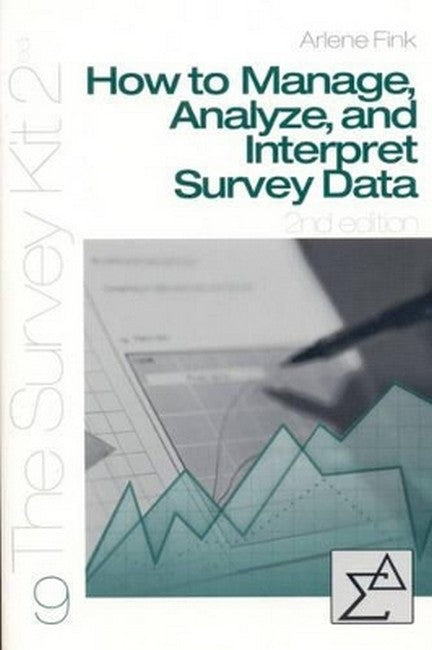Arlene Fink (PhD) is Professor of Medicine and Public Health at the University of California, Los Angeles, and president of the Langley Research Institute. Her main interests include evaluation and survey research and the conduct of research literature reviews as well as the evaluation of their quality. Dr. Fink has conducted scores of evaluation studies in public health, medicine, and education. She is on the faculty of UCLA's Robert Wood Johnson Clinical Scholars Program and is a scientific and evaluation advisor to UCLA's Gambling Studies and IMPACT (Improving Access, Counseling & Treatment for Californians with Prostate Cancer) programs. She consults nationally and internationally for agencies such as L'institut de Promotion del la Prevention Secondaire en Addictologie (IPPSA) in Paris, France, and Peninsula Health in Victoria, Australia. Professor Fink has taught and lectured extensively all over the world and is the author of more than 130 peer-reviewed articles and 15 textbooks.
Request Academic Copy
Please copy the ISBN for submitting review copy form
Description
How to Manage, Analyze, and Interpret Survey Data: Learning Objectives Ch 1. Data Management Drafting an Analysis Plan Creating a Codebook Establishing Reliable Coding Measuring Agreement Between Two Coders: The Kappa Statistic Reviewing Surveys for Missing Data Entering the Data Cleaning the Data Some Surveys Have Not Been Returned Some Returned Surveys Have Data Missing Some People Are Outliers Some Data Need to Be Recoded Ch 2. What Statistics Do for Surveys Measurement Scales: Nominal, Ordinal, and Numerical Nominal Scales Ordinal Scales Numerical (Interval and Ratio) Scales Independent and Dependent Variables Checklist for Choosing a Method to Analyze Survey Data Descriptive Statistics and Measures of Central Tendency: Numerical and Ordinal Data Mean Median Mode Distributions: Skewed and Symmetric Checklist: When to Use the Mean, Median, and Mode Measures of Spread Range Standard Deviation Percentile Interquartile Range Guidelines for Selecting Measures of Dispersion Guidelines for Selecting Measures of Dispersion 000 Descriptive Statistics and Nominal Data Proportion and Percentage Ratio and Rate Ch 3. Relationships and Comparisons Numerical Data Calculating the Correlation Coefficient Size of the Correlation Ordinal Data and Correlation Regression A Note on the Relationship Between Two Nominal Characteristics The Normal Distribution Comparisons: Hypothesis Testing, p Values, and Confidence Levels Confidence Levels Guide to Hypothesis Testing, Statistical Significance, and p Values Risk and Odds Odds Ratios and Relative Risk Ch 4. Selecting Commonly Used Statistical Methods for Surveys Reading Computer Output Chi-Square t Test Analysis of Variance (ANOVA) Practical Significance: Using Confidence Intervals Content Analysis of Qualitative Survey Data Assemble the Data Learn the Contents of the Data Create a Codebook Create a Codebook 000 Enter and Clean the Data Do the Analysis Relational Databases Analysis of Open-Ended Questions: Best and Least Liked Exercises Answers Suggested Readings Glossary About the Author
"A useful and readable introduction to data analysis and valuable resource for the nonspecialist." -- Cameron Lee

